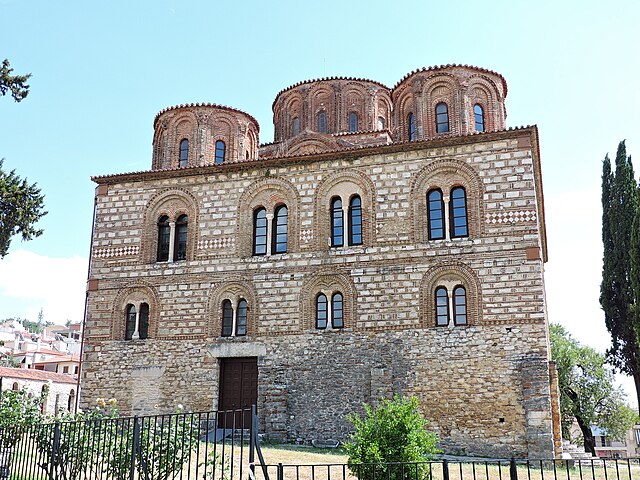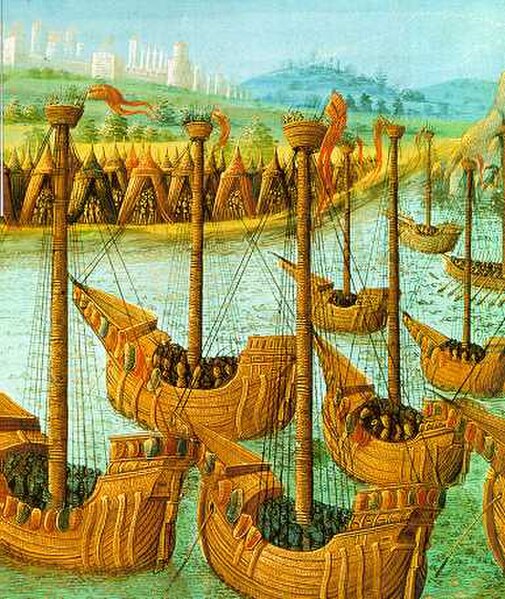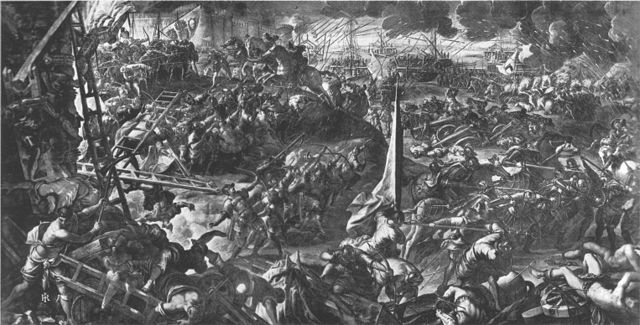The Despotate of Epirus was one of the Greek successor states of the Byzantine Empire established in the aftermath of the Fourth Crusade in 1204 by a branch of the Angelos dynasty. It claimed to be the legitimate successor of the Byzantine Empire, along with the Empire of Nicaea and the Empire of Trebizond, its rulers briefly proclaiming themselves as Emperors in 1227–1242. The term "Despotate of Epirus" is, like "Byzantine Empire" itself, a modern historiographic convention and not a name in use at the time.
Coin of Theodore Komnenos Doukas as Emperor of Thessaloniki, c. 1227
The Paregoretissa Church, the new cathedral of the Despotate's capital, Arta, built in the 13th century during the reign of Nikephoros I Komnenos Doukas.
The Fourth Crusade (1202–1204) was a Latin Christian armed expedition called by Pope Innocent III. The stated intent of the expedition was to recapture the Muslim-controlled city of Jerusalem, by first defeating the powerful Egyptian Ayyubid Sultanate. However, a sequence of economic and political events culminated in the Crusader army's 1202 siege of Zara and the 1204 sack of Constantinople, rather than the conquest of Egypt as originally planned. This led to the Partitio terrarum imperii Romaniae or the partition of the Byzantine Empire by the Crusaders and their Venetian allies leading to a period known as Frankokratia, or "Rule of the Franks" in Greek.
A 15th-century miniature depicting the conquest of Constantinople by the Crusaders in 1204
Venetian Navy landing in Constantinople, from a XV Century miniature
The crusaders conquering the City of Zadar, painted by Tintoretto
Dandolo Preaching the Crusade by Gustave Doré






